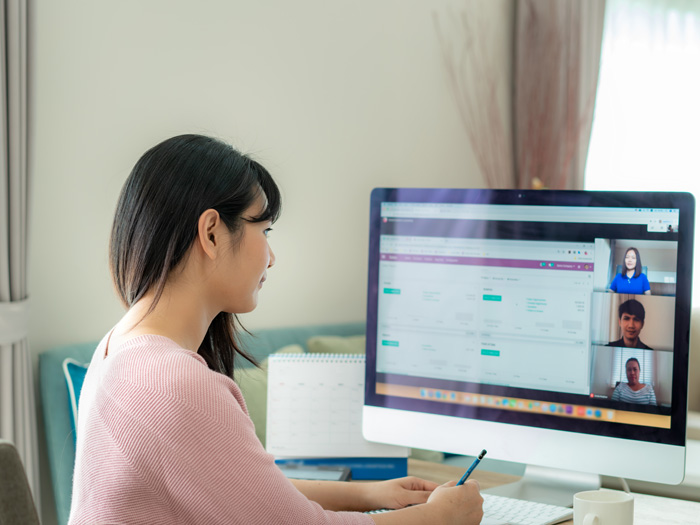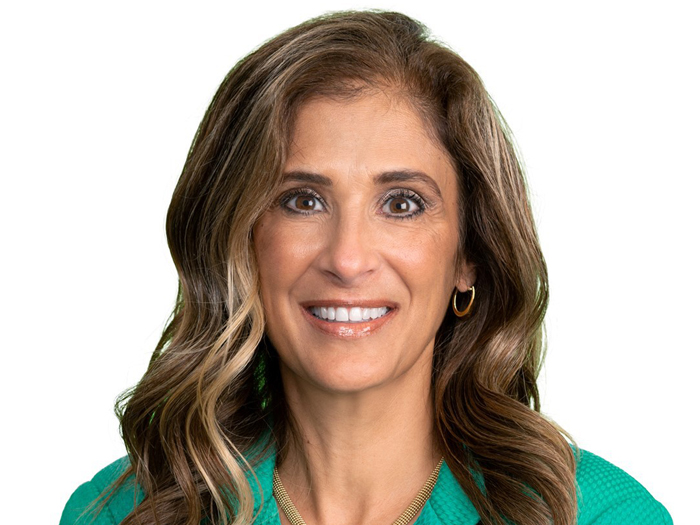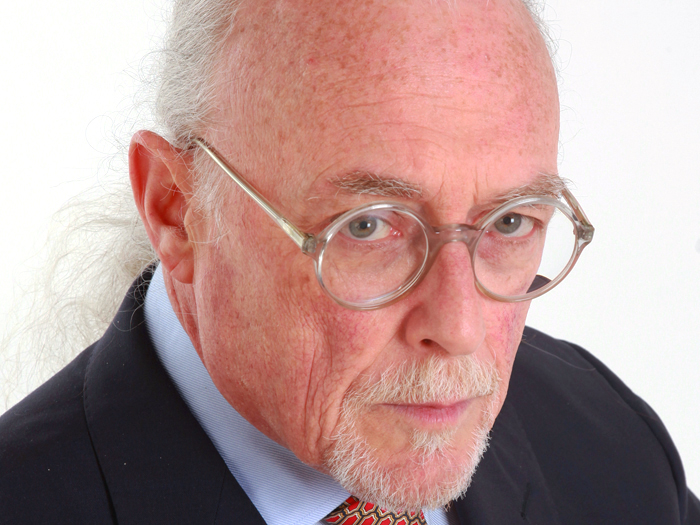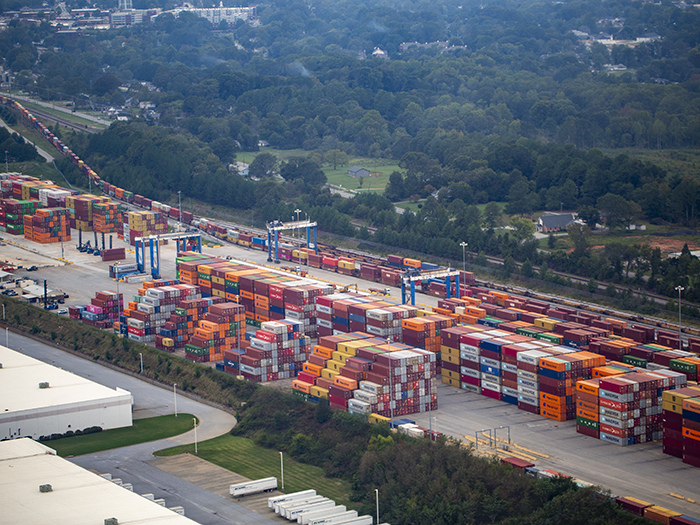COVID-19 Forced Claims Adjusters to Work from Home. Here’s How It Turned Out

The Centers for Disease Control and Prevention (CDC) is reporting 957,875 cases of COVID-19 as April comes to a close, indicating that for most of the United States, work from home arrangements for those lucky enough to have them will continue for some time.
The workers’ compensation industry, along with the rest of the insurance sector, has now fully implemented remote work, but will that translate into stable metrics and a change in management style? Claims leaders say yes.
Scott Emery, Senior Director of Claims for Markel Insurance Company, who has over 30 years of claims experience, including 14 years with Markel, is one of those executives who sees the pandemic as an opportunity.
Positive Remote Work Outcomes
“We have always had a very strong work from home program,” Emery said.
“We’ve encouraged our people to work from home, we’ve encouraged them to have both a work life and a personal life. So this wasn’t a big change for us. Most of the people in claims work at least one day a week from home. The change was going all five days from home, but the progression was very good.”
Part of that positive result has been the fact that Markel has been able to establish continuity through its rapid transition to total work from home, a move the organization decided to make before states issued stay-at-home orders. However, the change has not come without its challenges.
“The struggle is, in an office setting, it’s a very collaborative effort. If an adjuster has a question about a statute or a claim, they can just look to their right or look to their left,” he explained.
“Being home alone, there’s an inability to collaborate with co-workers and have that same support system. That being said, the metrics we use to measure our performance haven’t slipped at all. That doesn’t surprise me, because we knew from having an expanded work from home program that some of our best employees are 100 percent remote.”
How Are Public Entities Managing?
By contrast, public entities shouldered the burden of the transition without prior knowledge of work from home arrangements and yet have still seen successes.
Tyrone Spears, Workers’ Compensation Administrator for the City of Los Angeles, noted that his average employee has 15 years of service with the Personnel Department, and most of them have never worked from home before this crisis.
“It’s been going fairly well, better than anticipated,” Spears offered.
“As a public entity, it’s not really our philosophy to work from home, so this has been all new to most of our employees.”
Despite the difference in philosophy, it appears that the necessities of COVID-19 have helped the City change its tune, at least on a preliminary basis.
“At first we thought [work from home arrangements] would only be an emergency measure that we have to take, but now that we’ve done it department-wide, not just workers’ comp but the whole personnel department, it’s something that our general manager is looking at instituting even going forward,” Spears said. While it isn’t clear the frequency of the potential work from home option after COVID-19, the top line discussions are ongoing.
Similarly, in Montana, Vice President of Insurance Operations for the Montana State Fund Julie Jenkinson said that now that the novelty has worn off, they are still maintaining optimum work flows.
“While we can all email and message each other, are creativity, training, teamwork and recognition going to be impacted? And how do we best measure the impact on culture and collaboration, so that we can find the right balance of flexibility long-term?” —Elizabeth Lowry, area vice president, CorVel Corp
“Many of our claims examiners did not work from home and the transition was really quick for us,” she said.
“Our employees had to learn how to work from home independently and use the remote login technology. Fortunately, very quickly, within a day or two, they were able to fully do their jobs remotely.”
Jenkinson further noted that, “All the programs and tools that we made available to them in the office, they were able to have full capability with from home. We’re awfully proud of our staff’s adoption of the change and we’ve been monitoring carefully. No time frames were missed.”
Is Remote Work the Future of Workers’ Comp?
Like Spears and Emery, Jenkinson believes that a silver lining of the COVID-19 epidemic for the workers’ comp industry is the consideration of additional remote options for staff in the future.
“Especially in light of the speed of the deployment and not having the luxury of exploring additional tools, we really believe there’s great opportunity,” she said.
“We expect there are additional ways we can make remote work more successful and more available to our staff [after stay-at-home orders are lifted].”
Even when viewed through the lens of potential generational gaps among employees as they adjust to the new normal of claims handling, all agreed that teamwork has helped the less tech-savvy achieve a certain minimum comfort level.
“When we moved to work from home the hardest part for our more seasoned adjusters was getting set up,” Emery said.
“Once they got set up they were excellent. The younger generation loves it. The ability to work from home is probably going to be a pretty good recruiting tool for that next generation of adjuster.”
Spears concurred, explaining that his teams have learned to lean on each other in new ways.
“What I’ve noticed is that some of our younger adjusters or newer hires are showing everyone tips and tricks to make the process and the workflows actually work,” he said.
On a broader level, should remote work remain relatively seamless, the industry may start to proactively manage the forces of technological change in claims handling, rather than reacting to it.
Ultimately, even after the country heals, individual organizations will have to take the lessons learned and apply them to their cultural roadmaps.
“Being a claims examiner is a very collaborative occupation, they really value being able to connect with their teammates and work through issues on claims — that social piece really can’t be underestimated. Some of our staff clamored for remote work and work from home opportunities, and what we’ve heard over and over again is that many of them have realized that they really want more of a hybrid approach,” Jenkinson said.
Elizabeth Ulloa Lowry, area vice president for CorVel Corporation, who Risk & Insurance interviewed earlier in the crisis about remote work strategy, also sees the reaction to COVID-19 as a potential boon for togetherness, apart.
“The epidemic has been a living experiment and proof-of-concept for working remotely from a production standpoint — now our focus is on maintaining high levels of collaboration,” she said.
“While we can all email and message each other, are creativity, training, teamwork and recognition going to be impacted? And how do we best measure the impact on culture and collaboration, so that we can find the right balance of flexibility long-term?”
The balance will be the key, and the workers’ compensation industry is now in a unique position to determine that balance. &











